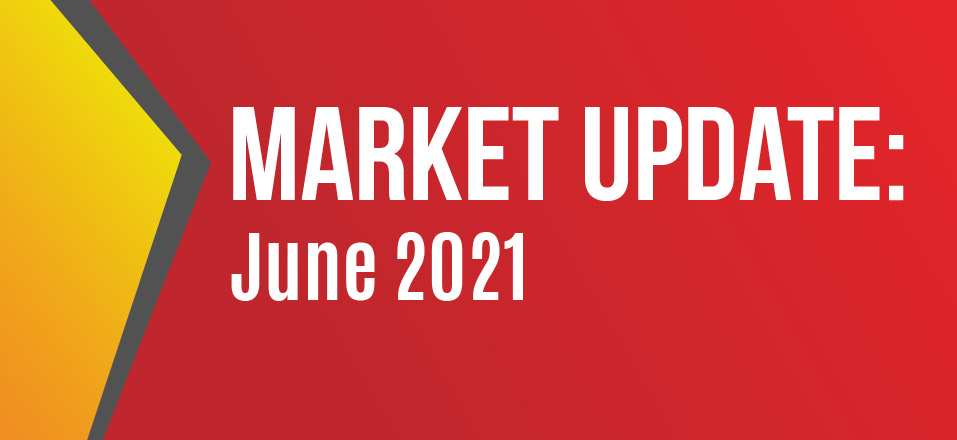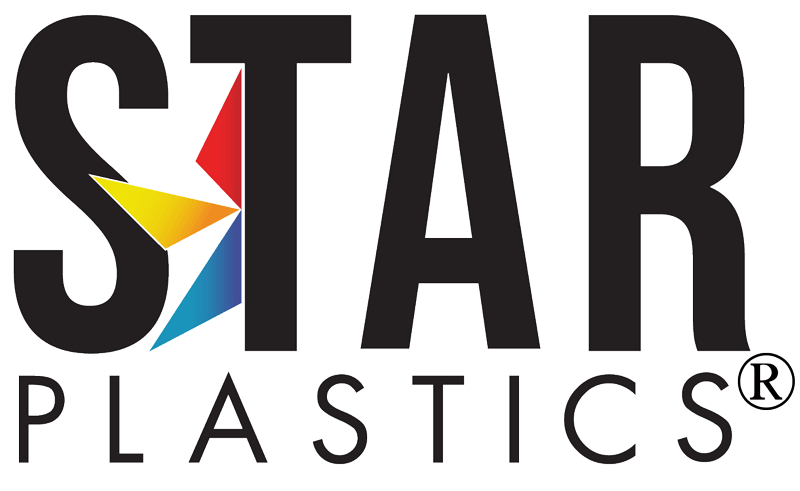News
Plastics Market Update: June

As summer chugs along, price increases, shortages, and logistics issues continue to trouble the plastics industry and related markets. With the late-summer preparations for the holiday season quickly approaching, along with semiconductors allowing the automotive industry to restart production, we don’t predict any significant relief to the market tightness any time soon.
Resins
Overall, prices are surging higher in North America across the board for all materials, with lead times remaining around 20 weeks. Demand continues to be greater than capacity to supply.
Major producers are running at a higher capacity than normal, meaning they’re bypassing the planned preemptive maintenance and upgrades that typically occur throughout the year – and we’ll pay for that later.
For all the materials below, we expect high operating rates continue with big demands in North America, and inventory levels will remain low through the end of the year.
Nylon
There continues to be tightness in the market for both Nylon 6 and Nylon 66 due to a shortage of feedstock supply, with demand continuing to be long. While we may have seen some fluctuation in costs and prices in the past month, the long-term forecasted trend in costs remains elevated.
ABS
We continue to see price increase announcements for ABS from major suppliers to begin early July, around $0.07/lb – $0.18/lb. These increases are generally attributed to overall supply and demand dynamics in key market segments.
PC
The market is still tight for polycarbonate and will continue that way through Q3-21. Demand is still ahead of supply in North America and is far ahead of year-over-year demand numbers.
In the last 30 days, we’ve seen increases on PC from two major producers (8-9cpp), with a few more expected to announce increases in July for August implementation.
An Asian import supplier also announced a $0.09/lb increase for all materials due to freight surcharges and increased container costs.
Higher prices in Asia influence prices worldwide, as supply from higher cost producers in Asia is needed to satisfy higher demand. These costs are passed through to the market.
Product Shortages
Complex chip supply issues, triggered by pandemic-related lockdowns of semiconductor factories last year, were exacerbated by an unexpected surge in consumer demand in the first half of this year.
About 1 million vehicles of North American production have been lost because of the chip shortage in the first half of 2021, LMC Automotive forecasts, with less than 200,000 expected to be made up by year end.
While the global semiconductor chip shortage continued during June, it seems to be easing up heading into Q3 2021.
Glass Fiber shortages also continued from the high demand in multiple markets, shipping delays, and decreased Chinese exports from previous months. The increase demand in outdoor recreational products during COVID due to travel restrictions started the high demand, and it has only now started to get back to normal levels. This shortage is expected to improve as Force Majeure conditions expect to be lifted, which would be ideal as the automotive market (which also uses glass fiber products) rebounds.
Logistics
North America’s logistics pipeline is over-filled. China to USA freight costs are up over 150% since one year ago. Exports are expected to be restored in the next quarter as demand remains strong worldwide, and imports to recede to more typical levels towards the end of 2021 and into 2022.
The capacity shortage in the trucking market continued into June as spot load posts were up over 200% over last year. This continued strong demand is resulting in continuously rising rates month to month, increasing dramatically across all types of transport vehicles, according to the latest figures from DAT.
The ability for carriers to add capacity is also limited by part shortages, which are holding up production of additional vehicles, trailers, etc. (according to the most recent Cass freight report). The demand for trucking volume is expected to continue moving forward as retail sales remain high and retailer inventories remain low.
The issue of capacity has been hanging over the trucking market for months at this point and logistics executives aren’t confident about it improving any time soon.
Moving Forward
The demand we’ve seen since Q2 2021 and will see through the end of the year is equal to or greater than the demand seen in the same periods in 2019 and 2020.
The second half of 2021 will be a lot like the first half—still short on supply, long on demand, but with prices beginning to stabilize later in the year. Now that semiconductors are available, the automotive market is poised to resume production and consume a lot of plastic materials (including PC, ABS, PCABS, Nylons, etc) to make up for production losses from the first half of the year. This, with the continued inefficient production and delivery we’re seeing from the majors, we expect the lack of supply and extended delivery times to continue through Q3 2021.
Port congestion also continues, particularly for ABS cargoes moving into China.
While capacity at Shenzhen’s Yantian Port (which accounts for 25% of Chinese merchandise exports) are hinting at recovery, Coronavirus resurgences in Southeast Asia are starting to negatively affecting shipping, as fewer vessels are willing to ship cargoes into affected areas. We’re holding our breath waiting to see what happens as transporting cargo for the holidays begins in full swing in July, on top of the over-full global logistics industry.
You are our valued partner, and Star Plastics appreciates and values your business. Please email us at Sales@StarPlastics.com or contact your local Star Plastics representative with questions.



